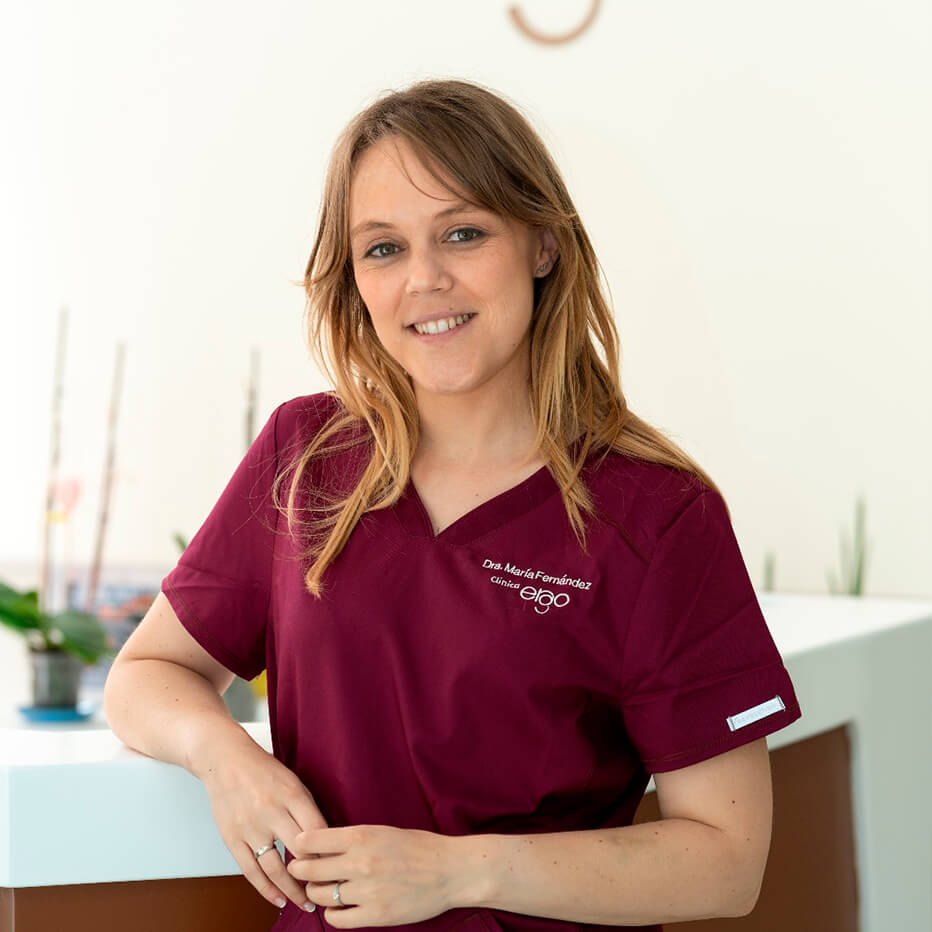Vitrified embryo transfer
Preserve your embryos for yearsVitrified embryo transfer in Gijon, Asturias, Spain
What does embryo vitrification consist of?
Embryos obtained after an IVF or ICSI cycle that are not transferred to the patient’s uterus are cryopreserved inside special straws and stored in liquid nitrogen containers at a temperature of -196°C.
What can we do with our embryos?
What to do with the vitrified embryos is the responsibility of the couple. You can decide to keep them to have another child, you can donate them to another couple or to science for research or directly discard them.
Waiting for the ideal moment
Use your embryos or donate them
Your embryos preserved for the future
What is embryo vitrification?
Thanks to advances in assisted reproduction techniques, embryos left over from in vitro fertilization cycles can be vitrified with all the guarantees. This process consists of ultra-rapid freezing at -196°C, which prevents the formation of ice crystals inside the embryos, thus avoiding damage to the cellular structures of the embryo.
In this state it can be maintained for years in perfect condition. This allows them to be transferred in subsequent cycles either to have a second child, or if the first attempt does not give a positive result.
The decision on the fate of the cryopreserved embryos is the responsibility of the couple, and they can be donated to another couple, donated for scientific research or destroyed (each of these cases fulfilling certain conditions). In any case, it is always the couple who decides the destiny of the frozen embryos, but as long as they still want to be responsible for them, they must renew it annually with the clinic where they are.
Every year at the ERGO Clinic we establish contact with the couples whose embryos are frozen in our cryopreservation containers to know their intention about the embryos, so it is important that the couples, in case they change their residence or contact, keep this information updated in our clinic.
What does embryonic vitification consist of?
Embryos obtained after an IVF or ICSI cycle that are not transferred to the patient’s uterus are cryopreserved inside special straws and stored in liquid nitrogen containers at a temperature of -196ºC.
In order for cryopreservation to occur safely for the embryos, they are kept inside a special cryoprotective medium, which protects them against possible damage that the cryopreservation process may cause (avoiding the formation of ice crystals). Not all embryos are susceptible to be frozen, only those that have a good quality, that do not present significant levels of fragmentation and that have conditions to pass the entire freezing/thawing process.
It is also important for couples to be aware that, even with all the care and safety, there are embryos that do not survive the cryopreservation process and their subsequent thawing for use in a treatment cycle, especially when the embryos are not of optimal quality. This is why it may sometimes be necessary to thaw more embryos than are intended to be transferred in cryopreserved embryo transfer treatment cycles.
Embryo cryo-transfer
In addition to the Spanish law itself, which establishes a maximum of 3 embryos per transfer, internationally accepted good clinical practice guidelines set a limit for the number of embryos to be transferred in each IVF or ICSI cycle, related to the need to avoid the risks associated with multiple pregnancies (twins, triplets or even more fetuses).
Normally for women under 35 years of age and who are undergoing an Assisted Reproduction cycle for the first time, it is advisable to transfer only one embryo per transfer, leaving the rest of good quality cryopreserved after vitrification. At the ERGO Clinic we bet a lot on the so-called Single Embryo Transfer, thus minimizing the risks of multiple pregnancies that entail risks for the mother and the babies. However, the number of embryos to be transferred is always discussed with the couple, providing the medical recommendation by ERGO’s medical staff and listening to the patients’ concerns.
The preparation of the patient for vitrified embryo transfer is very simple. It consists of the administration of estradiol (by means of pills or transdermal patches) for about 14 days, with ultrasound and blood tests every few days until an adequate growth of the endometrium (from about 7mm thick) is observed.
From that moment on, the medication is supplemented with the administration of progesterone (generally vaginally) and the embryo transfer is programmed. On the morning of the dated day, embryologists devitrify the embryo (or embryos) that have been selected as the best by a delicate thawing process based on the reverse principle of cryoprotectants.
After at least 3 hours, the transfer is performed in the clinic’s operating room. Embryo transfer does not require sedation and is not uncomfortable at all. It is performed under ultrasound guidance, that is, under ultrasound control, which allows us to ensure that the embryos are deposited correctly in the right place in the uterus.
Pregnancy test: on the day of the transfer, the nurse, together with the progesterone regimen and the rest of the instructions given to the patient, will hand over the form for the pregnancy test to be performed at the ERGO Clinic. On the indicated day, the patient can come to the clinic at any time between 8 a.m. and 5 p.m., without the need to fast and with a completely normal life.
Our nurse will draw some blood and the patient is good to go. The next day we receive the result and the medical team will call you to give you the β-hCG value.
Frequently Asked Questions
Can I transfer my embryos from one clinic to another?
Of course. The embryos belong to the couple and they are the ones who decide where they want to keep them. All you have to do is contact the clinic of origin and destination and inform them that you want to transfer them.
How long can embryos be frozen?
Embryos can be kept frozen for as long as necessary (years) without affecting their quality.
Do fresh embryos have the same pregnancy success as vitrified embryos?
Recent advances in assisted reproductive techniques have made embryo vitrification and devitrification a routine technique for laboratories. This means that the qualities of the embryos are maintained before and after vitrification so the probability of pregnancy is the same.
In addition, in patients who have had ovarian hyperstimulation or a high hormonal response to stimulation treatment for ovarian puncture, it is advisable not to perform fresh embryo transfer, since the endometrial conditions are not ideal for achieving pregnancy. In these cases it is recommended to vitrify all good quality embryos for cryotransfer in subsequent cycles, when the endometrium is in its best condition.
Need more information?
We are a team of more than 15 professionals specialized in assisted reproduction and women’s health. Do you have any doubts? We invite you to meet us, your first visit is totally FREE.


